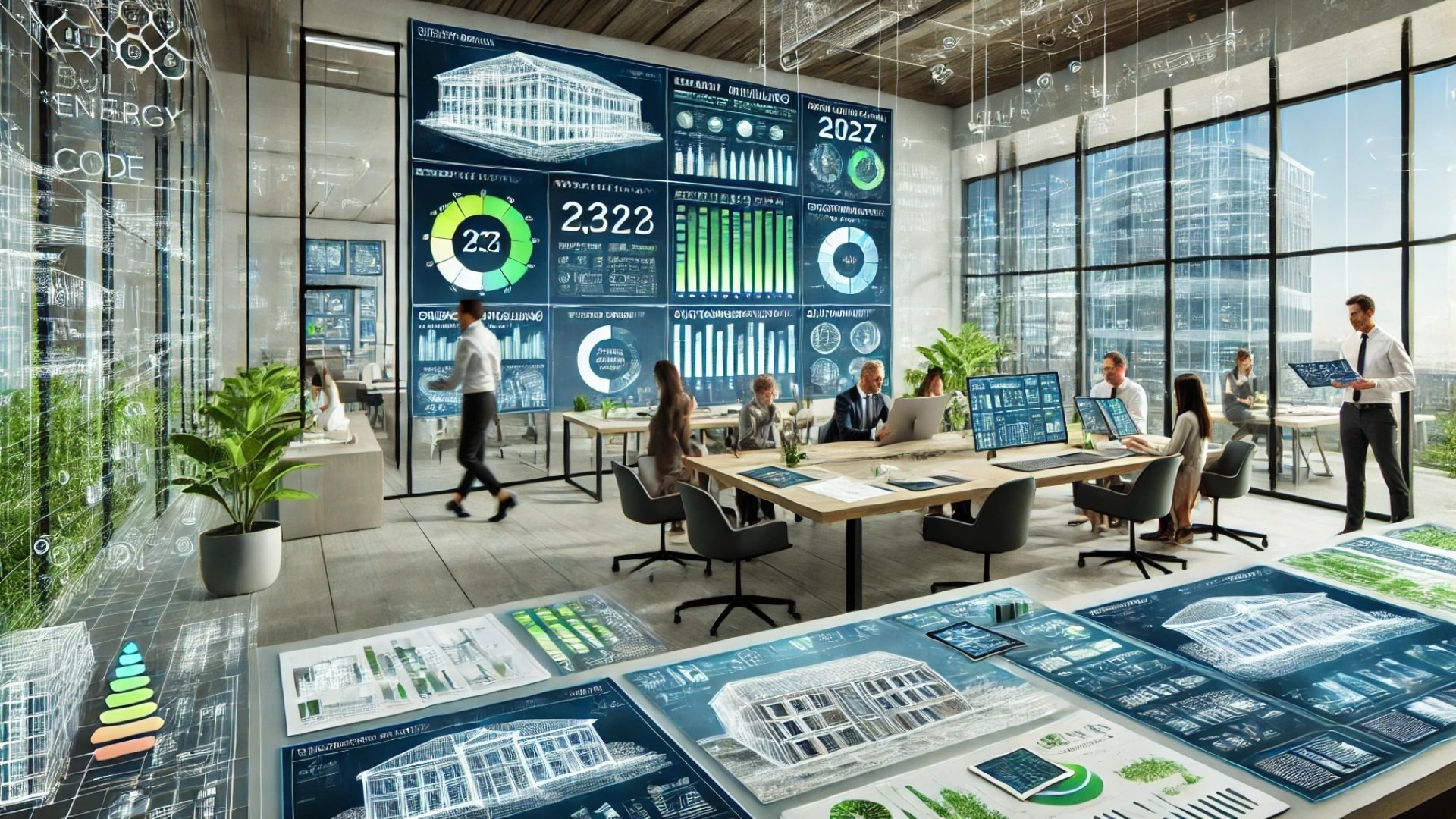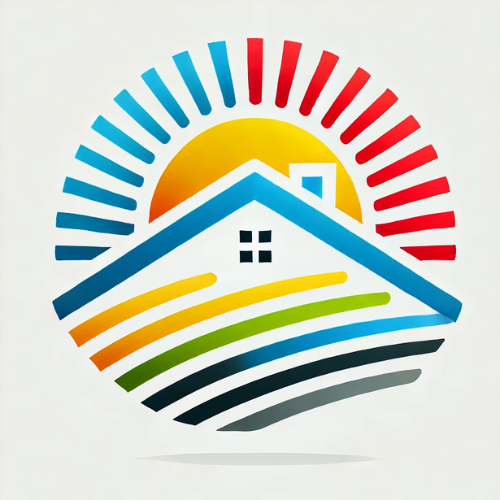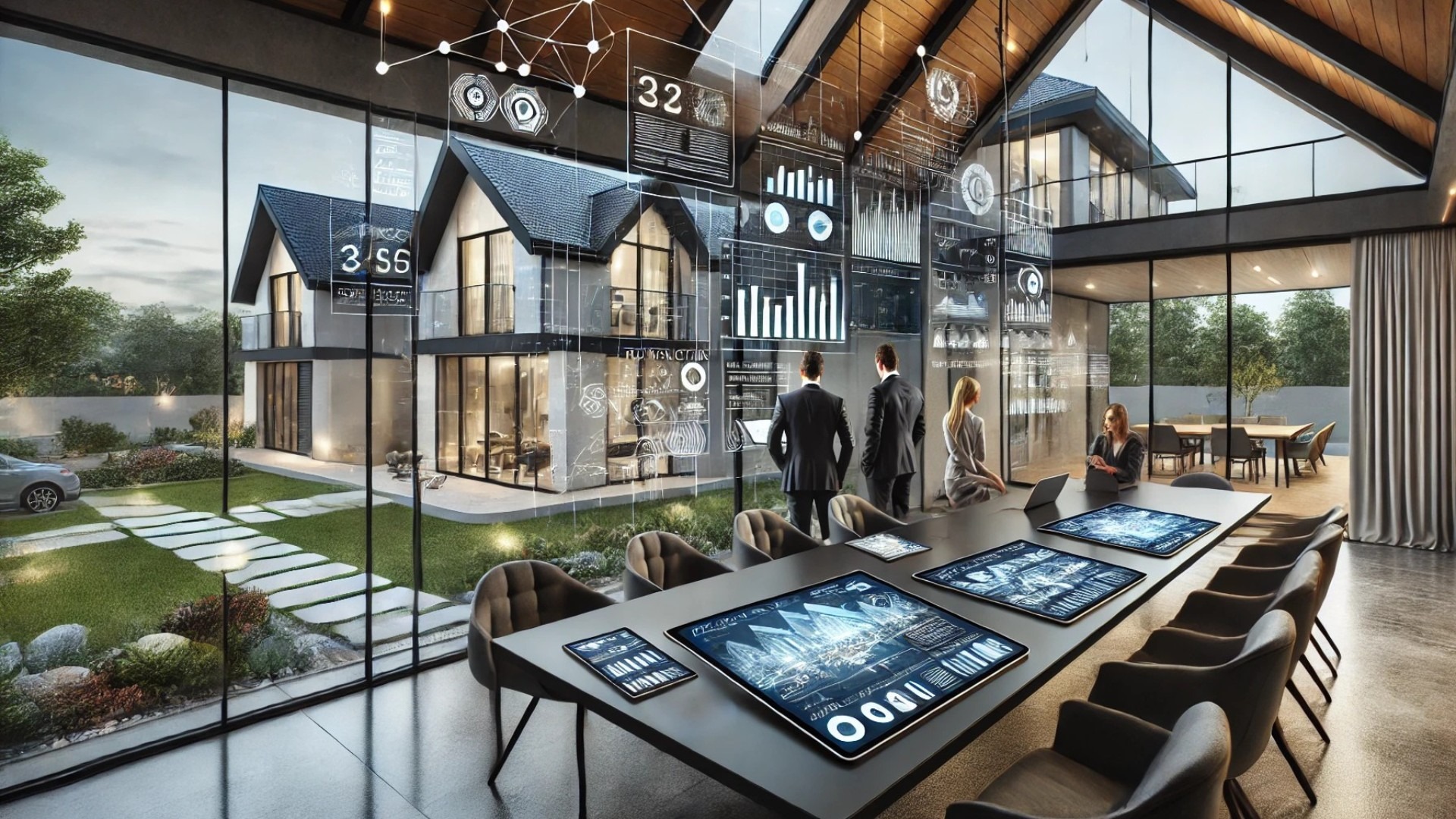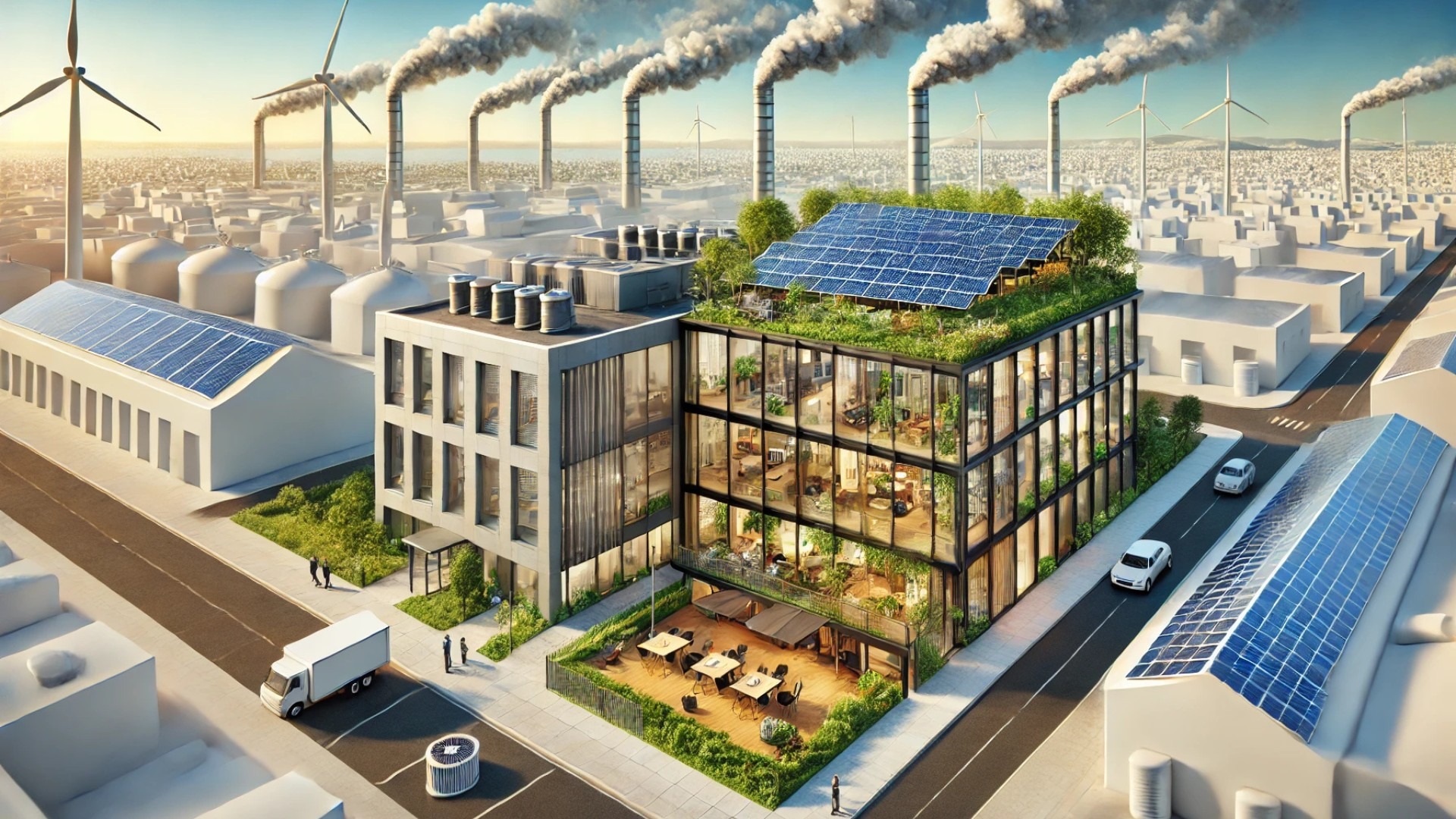
Understanding the 2027 IECC: A Step towards Energy Efficiency
The 2027 International Energy Conservation Code (IECC) is a significant update that targets enhanced energy efficiency and sustainability in building practices. This newly proposed code not only sets stricter requirements for energy performance but also introduces a fresh validation process that adds layers of complexity in compliance endeavors. As industry professionals gear up for these changes, it is crucial to dissect what these modifications entail and how they will impact the construction landscape.
Key Changes and Their Implications
The 2027 IECC builds upon its predecessors by integrating advanced metrics and performance-based approaches. While previous iterations focused primarily on prescriptive paths, this code emphasizes outcomes—encouraging builders and architects to reach specific energy-efficiency targets. This shift may create opportunities for innovative design solutions but could also lead to increased project costs and extended timelines.
The implications of these changes will ripple through various stages of a project, from initial design through to procurement, execution, and even post-construction evaluations.
The Importance of Compliance: Risks and Challenges
Adapting to a new compliance process may leave construction professionals vulnerable to unanticipated challenges. The updated verification protocols require a robust understanding of energy modeling tools and techniques. Builders must also consider the potential for stricter inspections and penalties if standards are not met. These compliance requirements may necessitate continuing education for tradespeople and decision-makers, ensuring they stay abreast of the latest methodologies and regulations.
The Role of Technology in Navigating New Code Requirements
Technology will be pivotal in helping teams navigate these changes. Building Information Modeling (BIM) and energy modeling software can assist in meeting the more stringent performance benchmarks laid out by the IECC. Additionally, ongoing training leveraging these technologies can enhance workforce proficiency, giving companies a competitive edge in an evolving market. Successfully leveraging such tech resources could improve ROI on projects, ensuring they meet or exceed the new benchmarks set forth.
Looking Ahead: Industry Predictions and Opportunities
As the 2027 IECC rolls out, experts predict several trends will emerge in the building sector. The demand for sustainable materials and technologies is likely to rise, as conscious consumerism drives project designs. Furthermore, building professionals who can adeptly interpret and implement the new code will distinguish themselves in an increasingly competitive landscape. Investing in training programs and the latest modeling technologies could yield substantial returns in future projects.
Conclusion: Embracing a New Era in Energy Efficiency
The 2027 IECC represents more than just regulatory compliance; it is a critical opportunity for architectural ingenuity and efficiency advancement. As construction teams strategize for transitions under the new code, embracing continuous education, technology, and innovative methodologies will remain central to achieving success and maximizing ROI.
 Add Row
Add Row  Add
Add 




Write A Comment